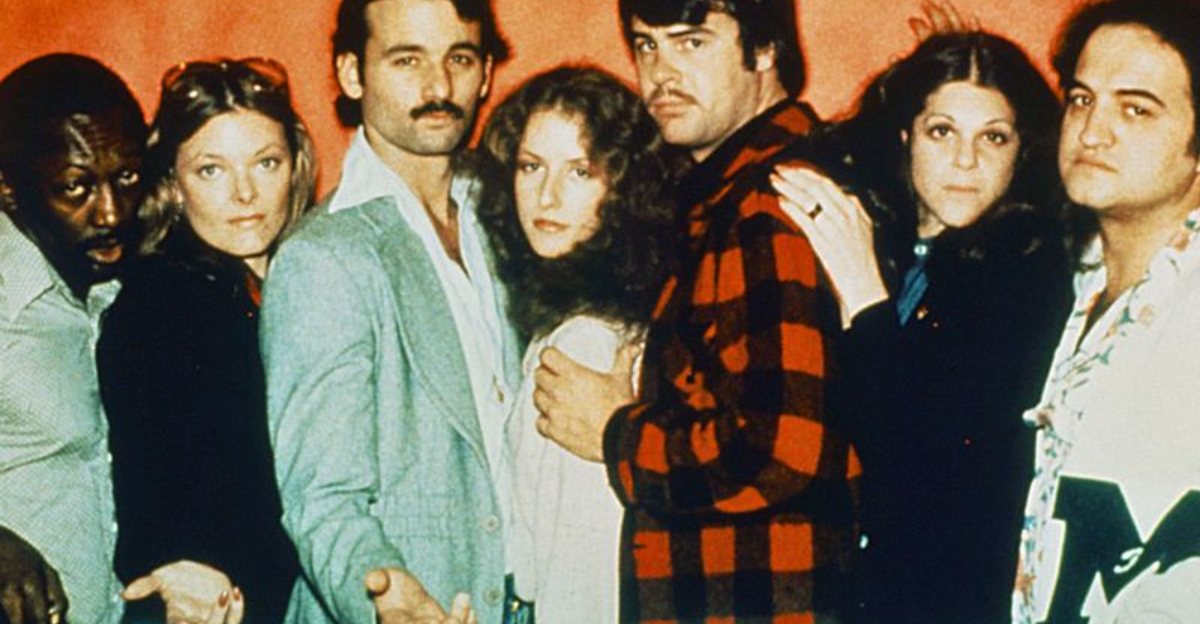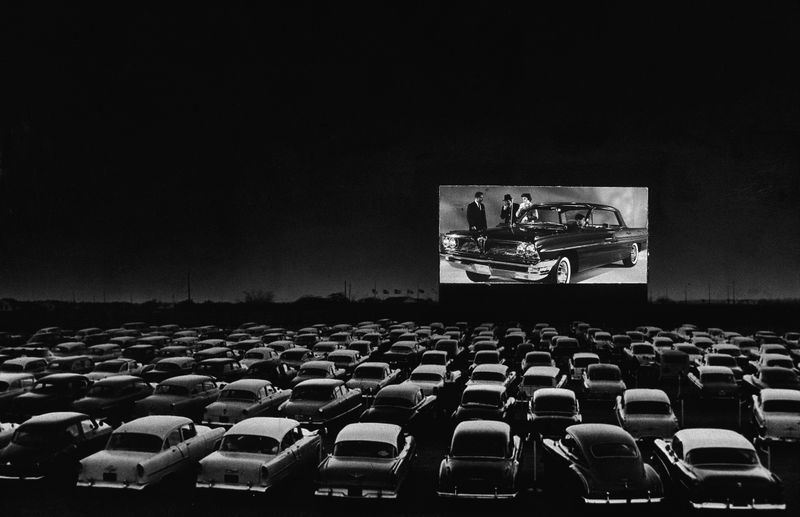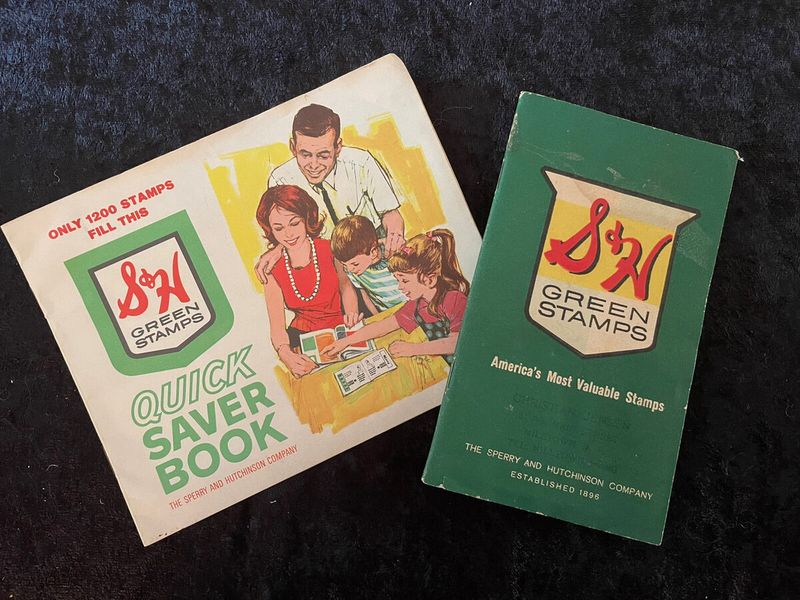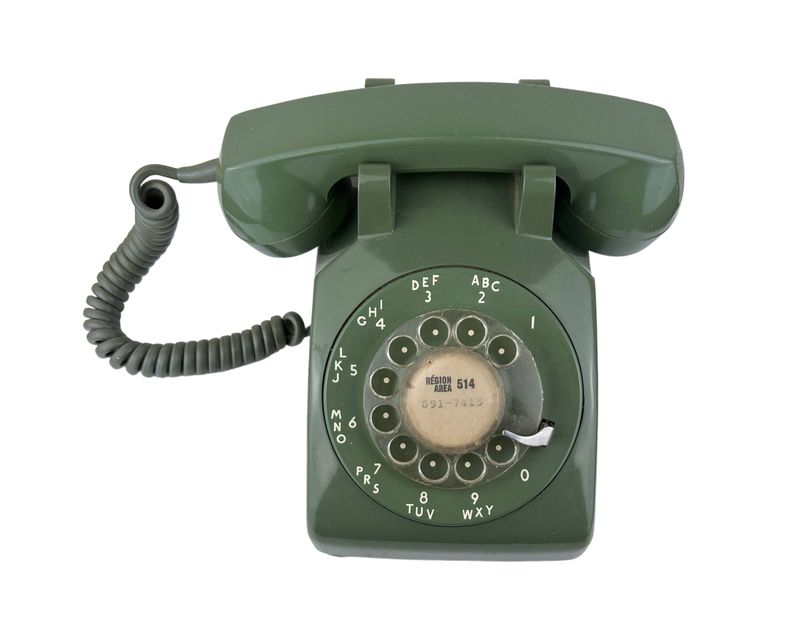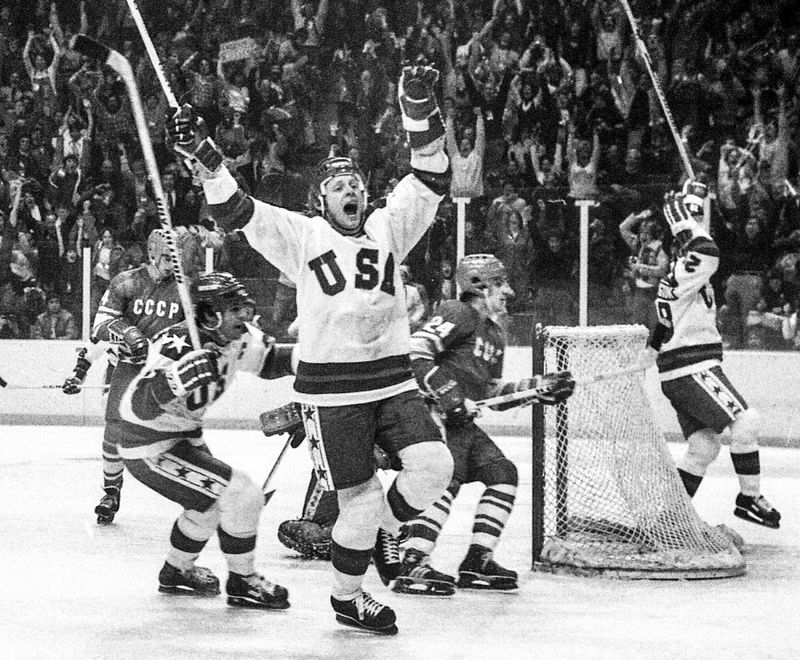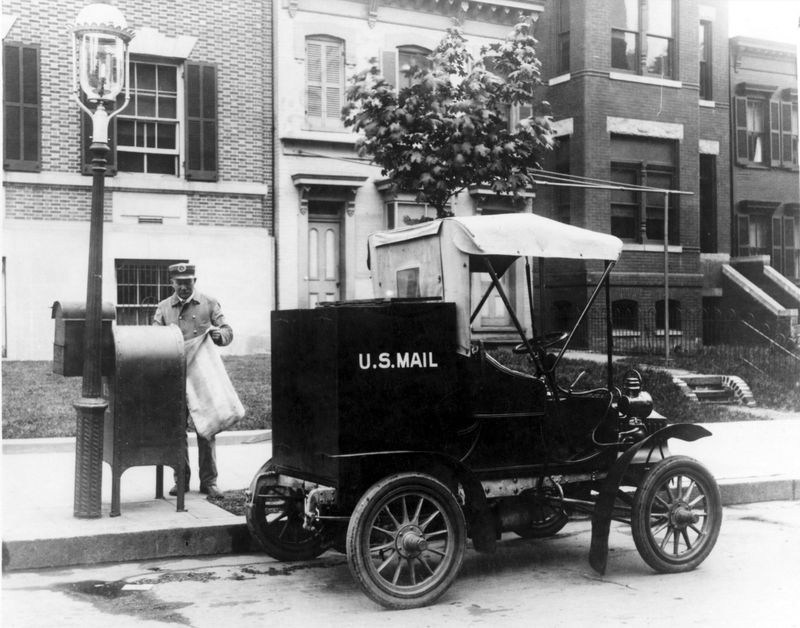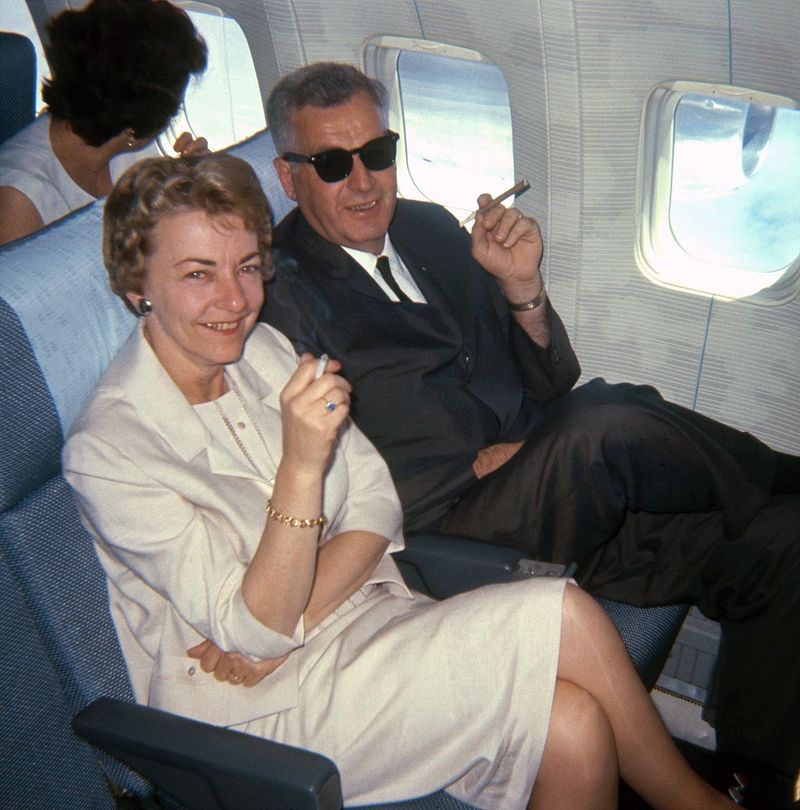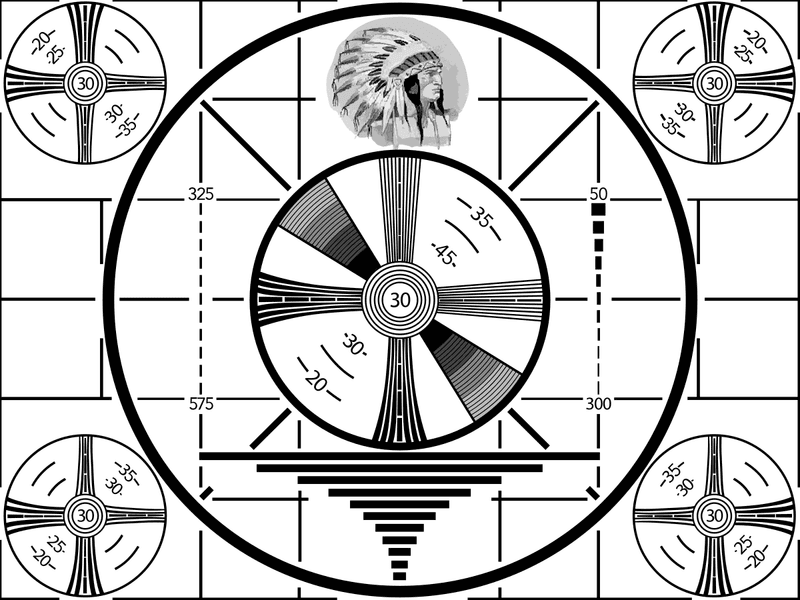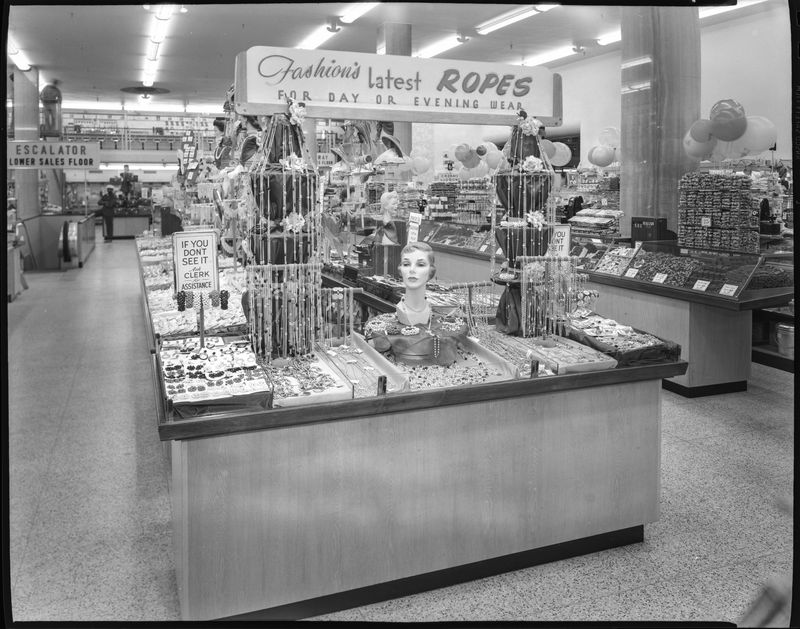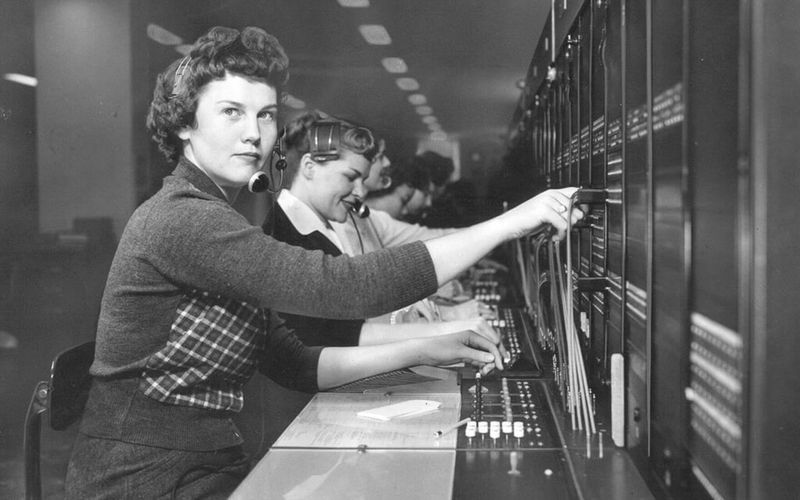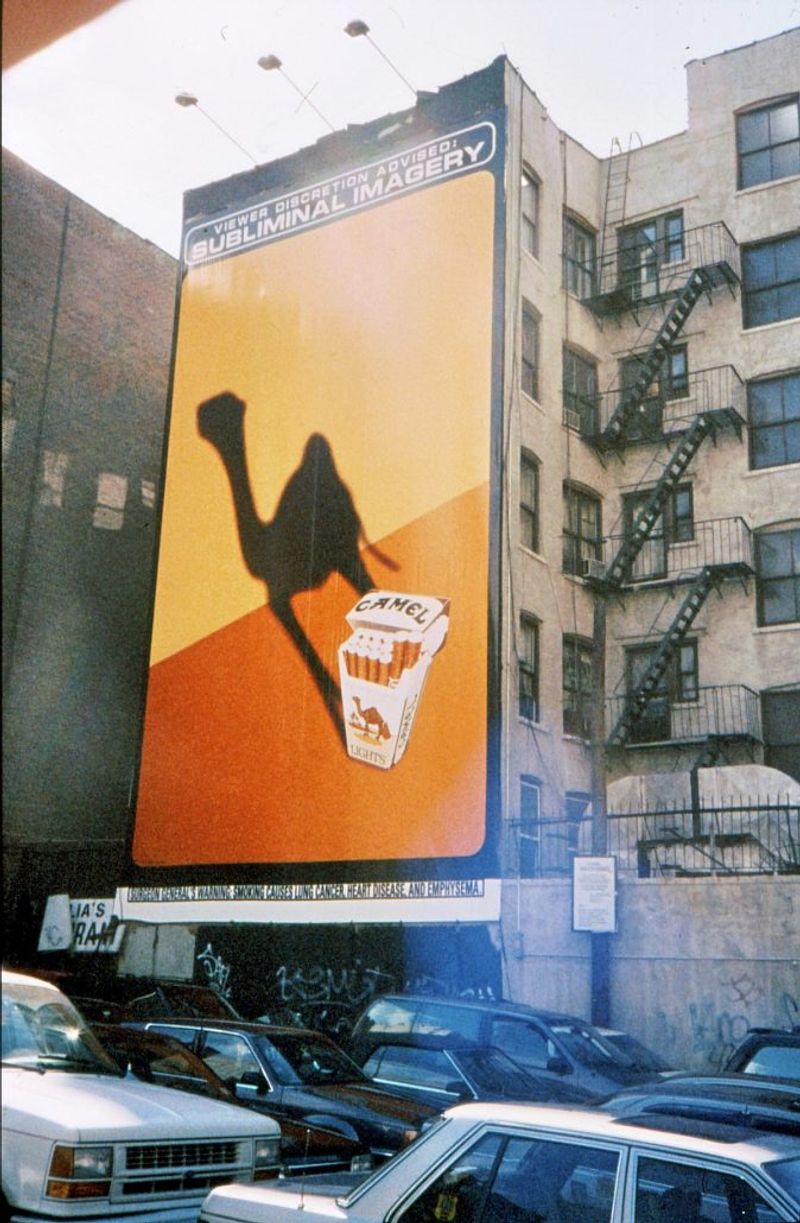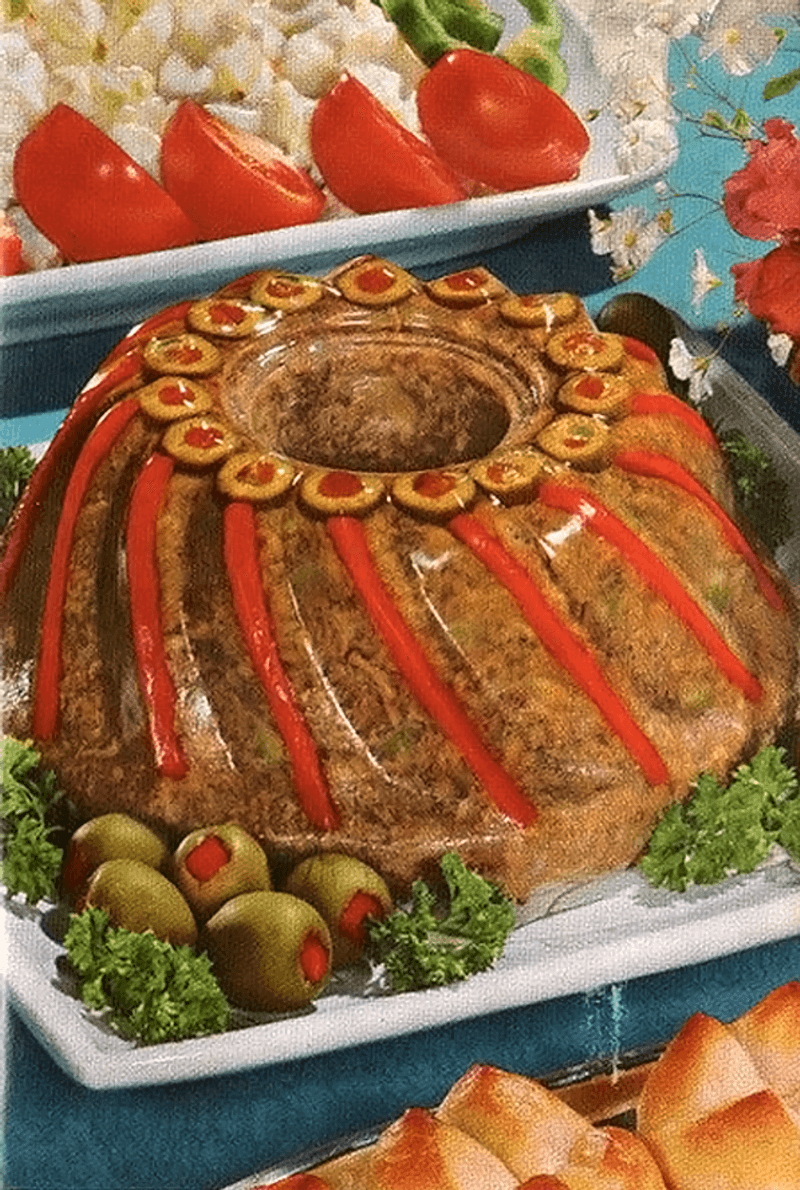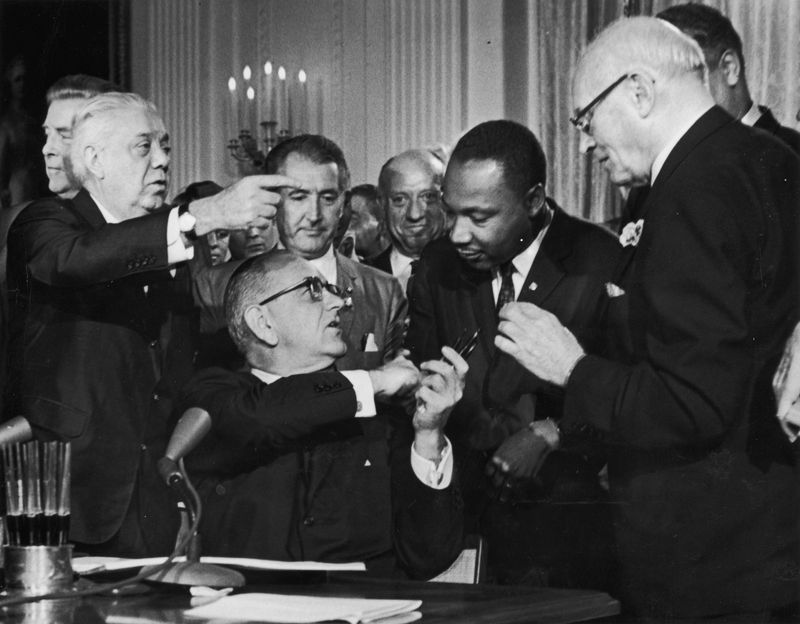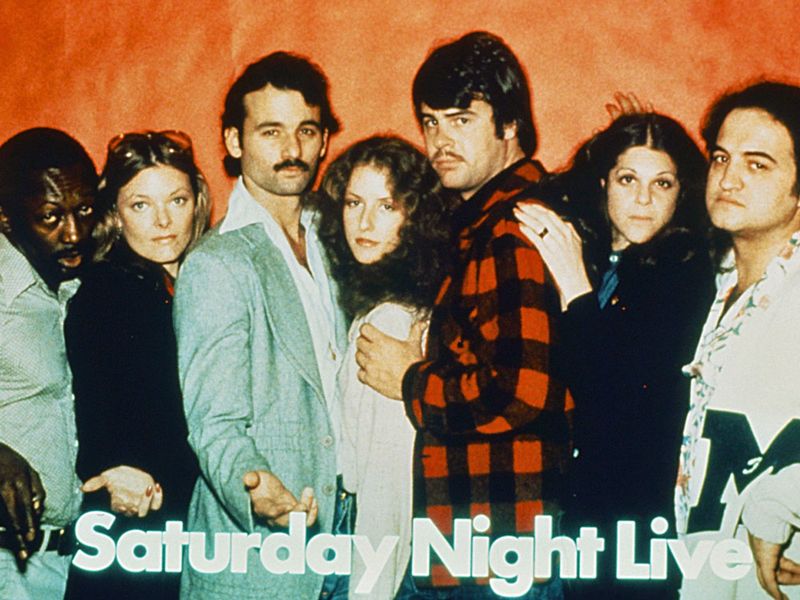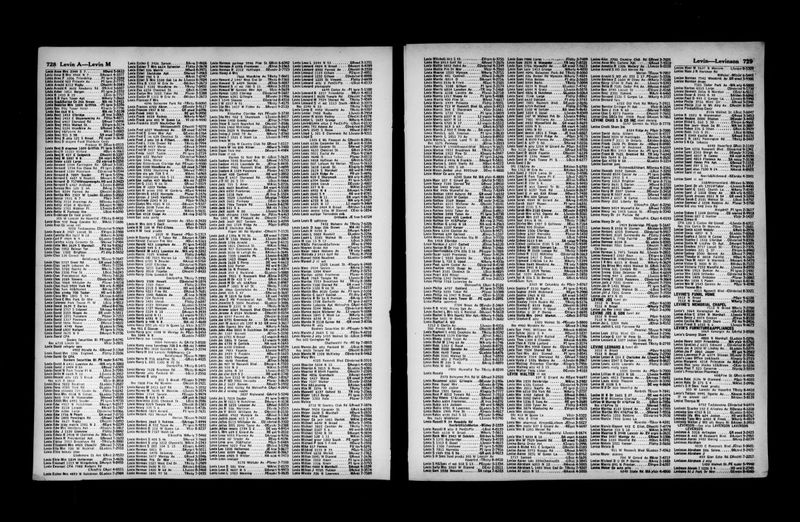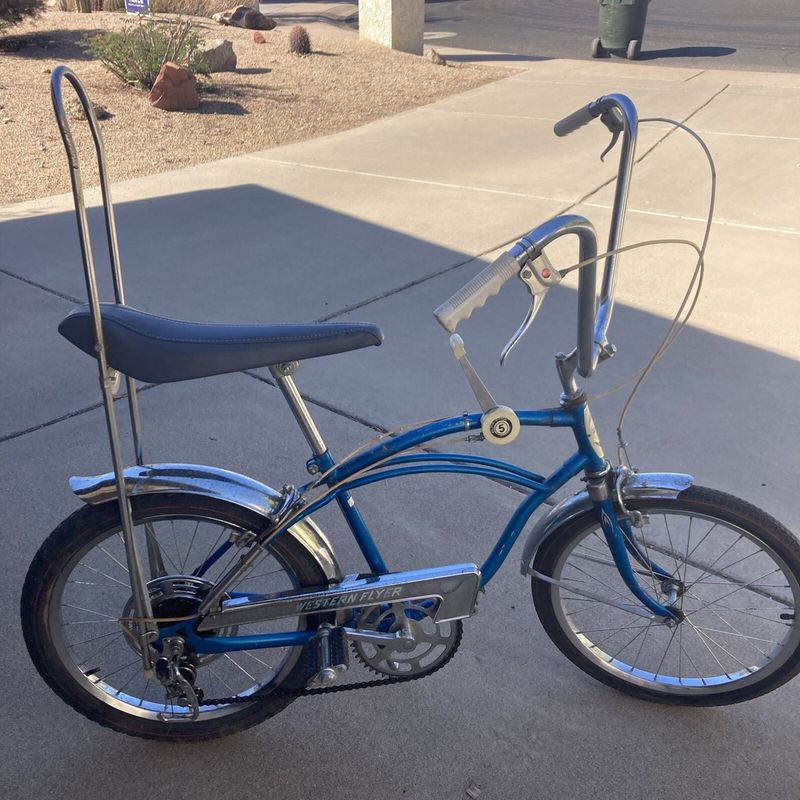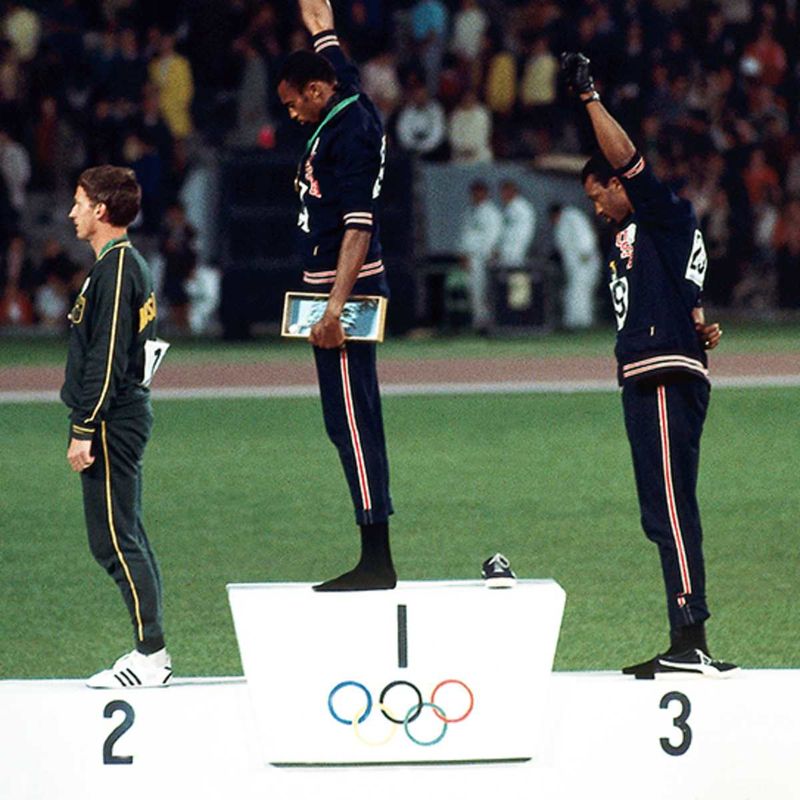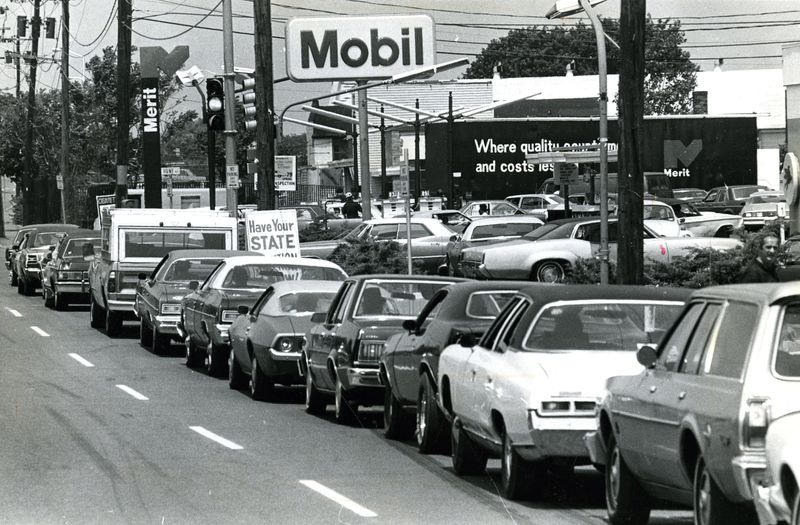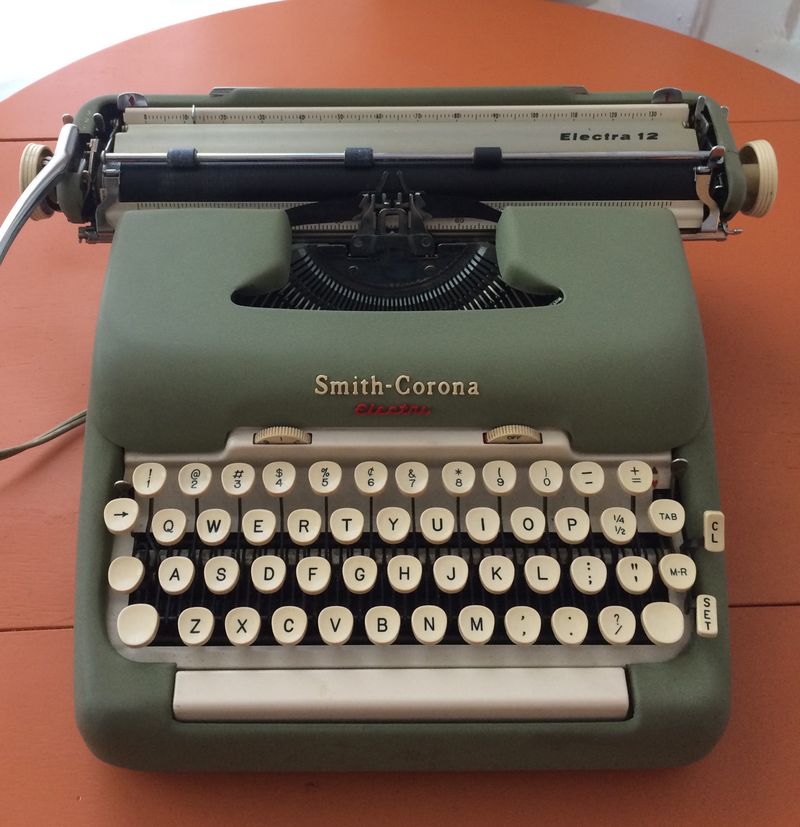Baby Boomers, born between 1946 and 1964, experienced a unique set of cultural and technological milestones that have left lasting impressions. Here are 27 things they will never forget.
1. Watching ‘I Love Lucy’
The comedic genius of Lucille Ball shone brightly in ‘I Love Lucy’, a show that captured the hearts of millions. Premiering in 1951, it was groundbreaking with its clever humor and innovative cinematography. Lucy’s antics were both endearing and side-splitting, encapsulating the essence of 1950s entertainment.
Imagine gathering around the black and white TV, laughter echoing as Lucy’s schemes unfolded. This show was more than just entertainment; it was a cultural phenomenon, leaving a legacy in television history. Baby Boomers fondly remember these moments as a golden era of TV.
2. Going to Drive-In Movies
There’s magic in the memories of drive-in movie nights. Picture a starry night, classic cars lined up, and the chatter of excited families settling in. The scent of popcorn mingled with summer air as double features illuminated the giant screen.
Drive-ins were more than just a place to watch films; they were a social gathering. Baby Boomers recall the thrill of sneaking friends in the trunk or sharing stories in between films. These experiences, now nostalgic, painted a vivid picture of communal entertainment.
3. Using S&H Green Stamps
S&H Green Stamps were the currency of loyalty programs in mid-20th century America. Collecting these stamps from purchases was a ritual, with families eagerly pasting them into booklets. Each stamp held the promise of rewards, from toasters to toys.
The anticipation of reaching redemption thresholds was palpable, echoing the consumer culture of the time. Baby Boomers fondly reminisce about the satisfaction of cashing in those filled booklets for household treasures.
4. Witnessing the Loving v. Virginia Case
The 1967 Supreme Court case, Loving v. Virginia, was a pivotal moment in civil rights history. Richard and Mildred Loving, an interracial couple, challenged laws prohibiting interracial marriage. Their courageous fight against systemic racism resonated deeply across the nation.
This landmark decision not only changed legal history but also symbolized a broader shift towards equality. Baby Boomers remember the Lovings’ bravery as a beacon of hope and progress in a tumultuous era.
5. Dialing a Rotary Phone
The distinct click and whirr of a rotary phone are etched in Baby Boomer memories. Dialing required patience and precision, as fingers rotated the dial to connect calls. Each number had a tactile presence, creating a rhythm reminiscent of a bygone era.
These phones were more than communication devices; they were connectors of long-distance relationships and lifelines to the outside world. Nostalgia lingers as Boomers recall those deliberate, meaningful dials.
6. Watching the ‘Miracle on Ice’
In 1980, the world witnessed an extraordinary moment in sports: the ‘Miracle on Ice’. The underdog U.S. hockey team faced the seemingly invincible Soviet squad at the Winter Olympics. Against all odds, the Americans triumphed, sparking jubilant celebrations nationwide.
This victory transcended sports, embodying themes of perseverance and national pride. Baby Boomers reminisce about the electric atmosphere and the sense of unity this event inspired.
7. Tuning in to ‘Bonanza’
‘Bonanza’, a beloved Western series, introduced audiences to color television with its vibrant landscapes and compelling narratives. Airing from 1959 to 1973, it transported viewers to the fictional Ponderosa Ranch, where the Cartwright family’s adventures captivated the nation.
For Baby Boomers, ‘Bonanza’ was more than a show; it was an event. Families gathered weekly, forming bonds over shared stories and memorable characters.
8. Checking the Mail Twice a Day
Imagine the anticipation of twice-daily mail deliveries, a routine that faded after 1950. The clatter of the mailbox was a familiar sound, signaling the arrival of letters and parcels.
This frequent service connected communities, fostering communication in a pre-digital world. Baby Boomers cherish these tangible connections, reflecting on the excitement and surprise each mail visit brought.
9. Attaching Baseball Cards to Bike Spokes
For many Baby Boomers, a bicycle wasn’t complete without the rhythmic flutter of baseball cards clipped to the spokes. This makeshift motorcycle sound transformed ordinary bikes into imagined choppers, sparking joy and creativity.
This simple act was a rite of passage, a shared piece of childhood in suburban landscapes. Boomers fondly remember the ingenious use of treasured cards to enhance their biking adventures.
10. Lighting Up on Planes
Once upon a time, the skies were filled with smoke as smoking was permitted on airplanes. This practice, phased out by the 1990s, was a relic of a different era where air travel had a distinct aroma.
For Baby Boomers, the memory of smoke-filled cabins and ashtrays in armrests sparks nostalgia for a bygone travel experience. These smoky flights are remembered as both a convenience and a curiosity.
11. Using an Encyclopedia
Before the digital age, encyclopedias were gateways to knowledge. Their hefty volumes lined shelves, offering a world of information at one’s fingertips. Baby Boomers recall the joy of flipping through pages, discovering facts with every turn.
These books were educational mainstays, encouraging curiosity and learning. The tactile experience of researching in encyclopedias is a cherished memory, contrasting today’s digital searches.
12. Digging into a Swanson TV Dinner
Swanson TV Dinners were culinary innovations of convenience. Introduced in the 1950s, these pre-packaged meals offered quick, hot dinners after a long day. Families embraced the novelty, gathering around TV trays for easy dining.
For Baby Boomers, these meals evoke memories of simplicity and the changing landscape of family dining. The aluminum trays, divided into sections, are nostalgic reminders of mid-century culinary trends.
13. Having Your Milk Delivered
The clinking of glass bottles heralded the milkman’s daily visit. In the 1960s, home milk delivery was a common convenience, with fresh milk arriving at doorsteps each morning.
This service was more than just a delivery; it was a personal interaction, with milkmen becoming familiar faces in neighborhoods. Baby Boomers reflect fondly on this bygone era of personalized service and community connection.
14. Watching TV Channels Sign Off
Before 24-hour programming, TV channels ended their broadcast day with a sign-off. Often accompanied by the national anthem, these sign-offs marked the transition from programming to static.
For Baby Boomers, these nightly rituals were a reminder of the day’s end. The stillness and quiet that followed are remembered as a time of reflection and winding down.
15. Visiting a Five-and-Dime Store
Five-and-Dime stores were treasure troves of affordable wonders. These variety stores offered everything from candy to household goods, making them popular shopping destinations.
For Baby Boomers, visiting these stores was a sensory delight. The jingle of the cash register and the colorful displays created memorable shopping experiences that linger in their memories.
16. Speaking to an Operator
Before direct dialing, operators were essential for connecting calls. Dialing ‘0’ linked callers to friendly voices who assisted with long-distance connections.
These operators were more than facilitators; they were lifelines and often provided a personal touch to phone calls. Baby Boomers remember these interactions as integral to their communication experience.
17. Seeing Tobacco Advertised on Billboards
Highways once adorned with tobacco billboards painted a stark image of past advertising norms. These vibrant signs promoted smoking with catchy slogans and imagery.
For Baby Boomers, these billboards are vivid reminders of a time when smoking was glamorized. The shift away from such advertisements marks a significant cultural change.
18. The Fascination with Jell-O
Jell-O molds were culinary canvases in the 1960s. These gelatin creations, both sweet and savory, were centerpieces at gatherings, showcasing creativity and flair.
For Baby Boomers, Jell-O’s versatility and vibrant colors evoke fond memories of family dinners and celebrations. These wobbly dishes are nostalgic symbols of mid-century cuisine.
19. The Civil Rights Act of 1964
The signing of the Civil Rights Act in 1964 was a watershed moment for equality in America. President Lyndon B. Johnson’s signature outlawed discrimination, paving the way for a more just society.
Baby Boomers witnessed this historic change, feeling its impact on everyday life. The act’s passage is remembered as a crucial step towards equal rights and social progress.
20. Watching the Very First Episode of SNL
The debut of ‘Saturday Night Live’ in 1975 was a game-changer for television comedy. The show’s unique blend of sketch comedy and live performance captivated audiences, setting a new standard for entertainment.
For Baby Boomers, watching the first episode was a cultural milestone. The show’s enduring legacy continues to influence comedy and popular culture today.
21. Using a Phone Book
Phone books were essential tools for finding contacts in the pre-digital age. The hefty volumes, filled with residential and business listings, were common household staples.
Baby Boomers recall the satisfaction of flipping through pages to find a number, a process that required patience and a keen eye. These books symbolize a time when information was tangible and accessible.
22. Covering the TV Antenna with Tin Foil
The inventive use of tin foil to improve TV reception was a common household hack. Baby Boomers recall carefully wrapping foil around antenna ‘rabbit ears’ to enhance picture clarity.
This simple yet effective solution represents a time of resourceful problem-solving. These adjustments were part of the viewing experience, adding to the charm of mid-century television.
23. Riding Around on a Banana Seat Bicycle
The iconic banana seat bicycle, with its long, cushioned seat and high handlebars, was a staple of childhood in the 1960s and 70s. These bikes were symbols of freedom and adventure.
Baby Boomers fondly remember riding through neighborhoods, the wind in their hair and the thrill of exploration. These bicycles are quintessential elements of nostalgic outdoor play.
24. Seeing Black Athletes Protest During the National Anthem
The 1968 Olympics witnessed a powerful moment of protest as Tommie Smith and John Carlos raised their fists during the national anthem. This act of defiance against racial injustice resonated globally.
For Baby Boomers, this protest was a bold statement of courage and solidarity. It sparked conversations about race and equality that continue to this day.
25. Listening to Music on a Transistor Radio
Transistor radios were revolutionary in bringing music to the masses. Their portability allowed Baby Boomers to enjoy their favorite tunes anywhere, from picnics to beach outings.
These radios symbolize the youthful spirit of the era, fostering a love for music and independence. The crackling sound of AM stations is a cherished memory for many.
26. Gas Shortages That Caused Long Lines
The gas shortages of the 1970s are etched in Baby Boomer memories. Long lines at fuel stations and rationing became the new normal, affecting daily life.
This period highlighted the vulnerability of resources and sparked discussions on energy conservation. Boomers recall the patience and adaptability required during this challenging time.
27. Using a Typewriter
Typewriters, with their clacking keys and ink ribbons, were the primary tools for writing before computers. Baby Boomers remember the precision required to type, the satisfying ‘ding’ signaling a new line.
These machines were gateways to creativity, used for everything from letters to manuscripts. The tactile nature of typewriting is a nostalgic reminder of a pre-digital era.
